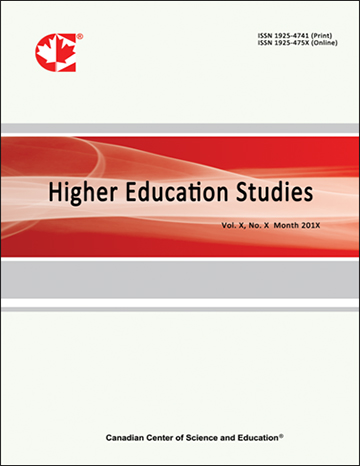Analysis of Educational Quality, a Goal of Education for All Policy
- Rehaf A. Madani
Abstract
Education is recognized as a human right since the adoption of Universal Declaration of Human Rights in 1948 besides health and shelter. Education for All Goals was established where more than 150 governments have adopted world declaration on Education for All policy to support the universal right for education. The ultimate goal of many countries is to guarantee the optimum educational access rates for improving the quality. Similarly, quality is reflected by a range of indicators, including government spending on education, student/teacher ratios, teacher qualifications, test scores, and the length of time students spend in school. Every investment must be measured against how it can serve such aspects to ensure the ultimate quality of Education for All programs. Investing in education reinforces a society’s wealth and growth, where individuals can easily improve their own personal efficacy, productivity, and incomes. A major challenge lies in defining the ideal education indicators and circumstances among countries; especially poorly developed countries that strive to establish a quality evaluation theme. Therefore, there is need of multifaceted standpoint and reasoning framework to realize educational policy evaluations that can truly contribute to the improvement of educational situation in developing countries and around the world.
- Full Text:
 PDF
PDF
- DOI:10.5539/hes.v9n1p100
Index
- AcademicKeys
- CNKI Scholar
- Education Resources Information Center (ERIC)
- Elektronische Zeitschriftenbibliothek (EZB)
- EuroPub Database
- Excellence in Research for Australia (ERA)
- Google Scholar
- InfoBase
- JournalSeek
- Mendeley
- Open Access Journals Search Engine(OAJSE)
- Open policy finder
- Scilit
- Ulrich's
- WorldCat
Contact
- Sherry LinEditorial Assistant
- hes@ccsenet.org
